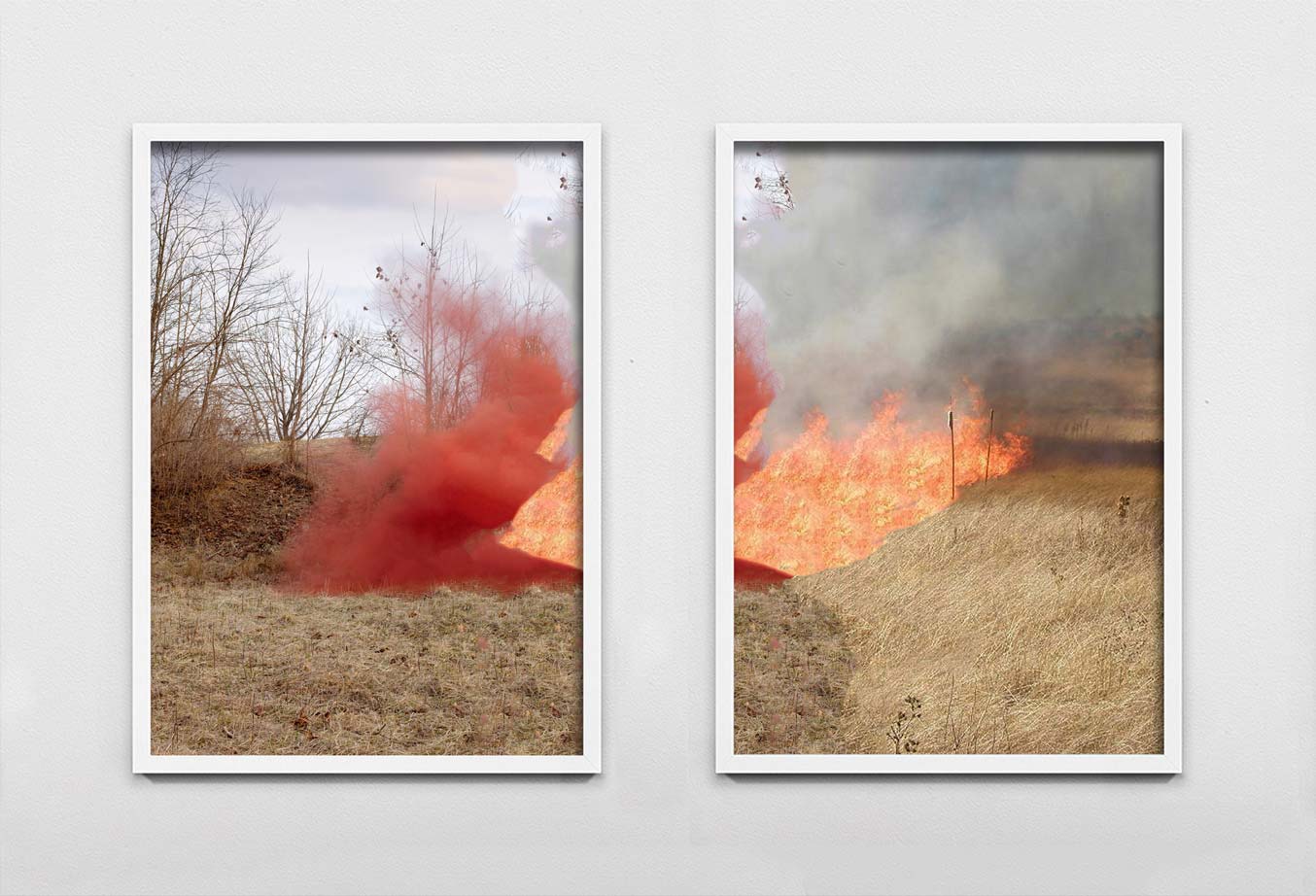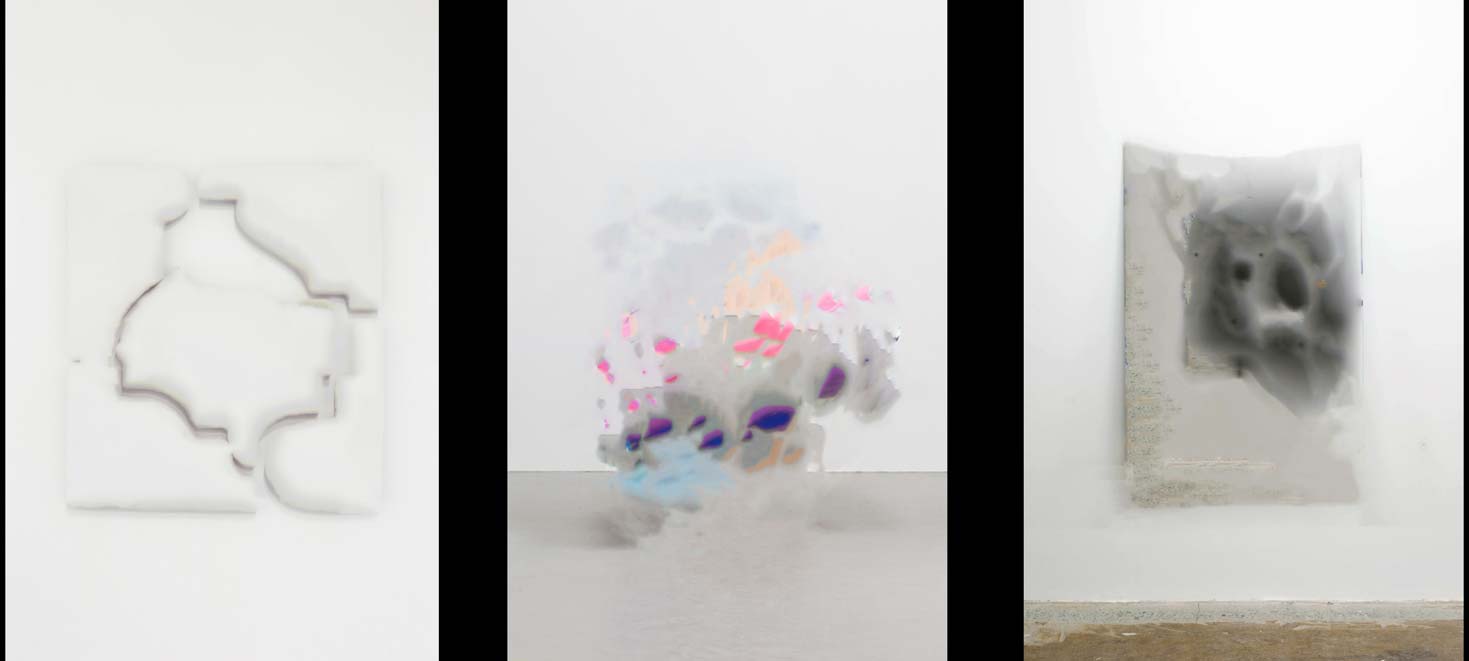
The Internet as a photographic tool
The inevitable popularity of smartphones and craze for social platforms have brought photographic images to the very front of turbulent information. From advertising to our most personal communication, and going through artistic productions or video games, these images permeate every context and can be found in every format. When these images are converted into bits and pixels, they become clues to increasingly diverse messages and complex language.
It may already seem like a banal conclusion, but the Internet is no longer a phenomenon, that we all may relate to. It is a reality that we are all actually living, and it is a reality that a lot of artists are investigating – aesthetically and critically.
The distribution and presentation have rapidly changed in the past fifteen years, systems for production, circulation and reception of new art have been through seismic shifts. There has been a mainstreaming of art blogs, gallery websites and other platforms for digital imagery, which have resulted in making smartphone and computer screens the primary mode by which photography is seen by the vast majority of viewers – which at some points overwhelm the experiences of going through a paper catalogue or visiting an exhibition IRL. This is supported by the fact that Post- Internet supporters might say that it’s not the gallery that really matters, but the shot and documentation of the work really matters since it is what is to be shown on the internet.1
David Hanes (b.1987, Toronto) began remixing found images of art from the Internet in a series he called “Aware”2. 2The project, which continues as a means of responding to and engaging with art, uses images found on various well-known art blogs such as Contemporary Art Daily, V-VORK and We Find Wilderness. The result of these digital interventions is an exhibition view stripped entirely or partly of its artworks, creating a new document at the border of representation and abstraction.

These alterations question the concept and presentation of art online, to both challenge authority of the photograph and examine the dissolution of boundaries between art, photography and documentation. In many ways, Hanes’ practice doubles as research into the phenomenon of accessible digital archiving, that he believes to have a big impact on the dissemination of art of today.3
Besides giving us new spaces and platforms to consume and present art, the internet and its following technologies have provided us a generous amount of tools. Tools that have given a new face to the ways in which photography is being consumed and produced. Besides the uprising and apparent use of Photoshop in many artists’ practices such as Lucas Blalock, who actively uses the software as an extension of his practice, and mimicking painting, several artists are now also looking for automatic ways of producing images with the help of commercially accessible tools.

Aaron Hegert (b. 1982, US) has recently showed a new series of images online named “Shallow Learning”, playing and experimenting with accessible tools such as Google Image’s Deep Learning as well as automatic tools from Photoshop.4
The project focuses on the idea of “Deep Learning” which is a branch of artificial intelligence, that has the ability for computers to learn to identify and categorize data without the supervision of humans. It is a kind of technology that is commonly used in image recognition, facial detection, and natural language processing software, among many other things. (These are all functions that appear in massive social media platforms such as Google, Facebook, and Instagram – all of which have a massive following and daily usage.)
The series, called “Shallow Learning”, compares the way people see photographs to the ways algorithms see photographs. Each of the photographs in this series is a composite that started as a single image from a past project. These leftover images, which had never been published, exhibited, or posted on the internet, were used as search criteria in Google’s “search by image” function. This particular function is primarily used to track down the provenance of an image found online, but because these images were in fact never posted online and therefor in the mind of the tool did not exist, the search engine instead offered a selection of visually similar images – algorithmic guesses at what these images depicted. He then selected one of the “best results” from Google, placed it next to the original image on a blank canvas in Photoshop, and filled in the area between the two images using the “content aware fill” function.
As a result, Arron Hegert successfully questions the Photographer’s own role in relation to the digital tools that are used, almost having its own mind. And is the artists says himself: “And just as i wonder what I can learn about the world by looking at images, I now also wonder what images are learning about the world by looking at each other.”5
Not only does it revoke somewhat scary but also interesting thoughts about what the future of online software tools may be capable of in terms of recognition, artificial producing and to an extent, artificial intelligence – but it also demonstrates the flexibility of these tools that are designed with a fixed purpose, only to be twisted and turned around for the benefit of creative approaches to photography. What I have attempted to underline, is the medium’s declining function of indexicality, as its characteristics have shifted towards other uses, emphasising the inevitable rise of virtualization. It has evolved from representation to simulation (software, new media and algorithms), and focuses more on expressing functionality rather than the representational aspect. That being said, photography as a medium still manages to keep its practice and audience by adopting new functions through its persistent structure.